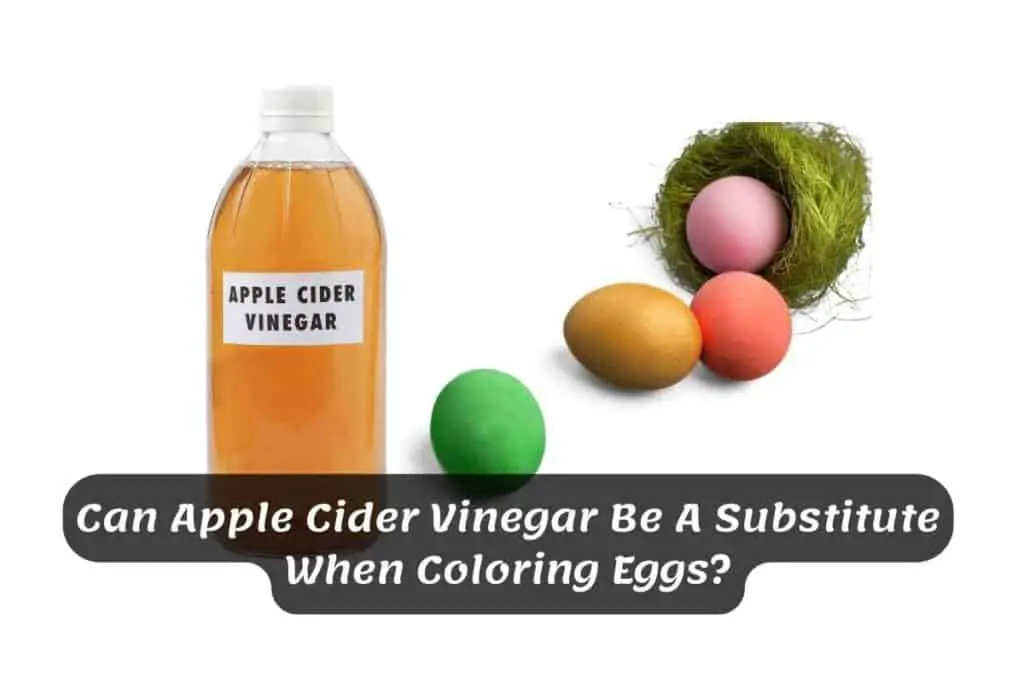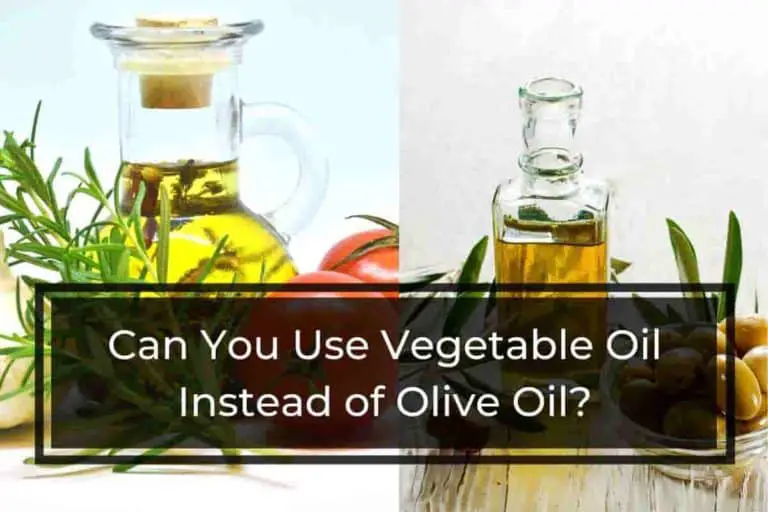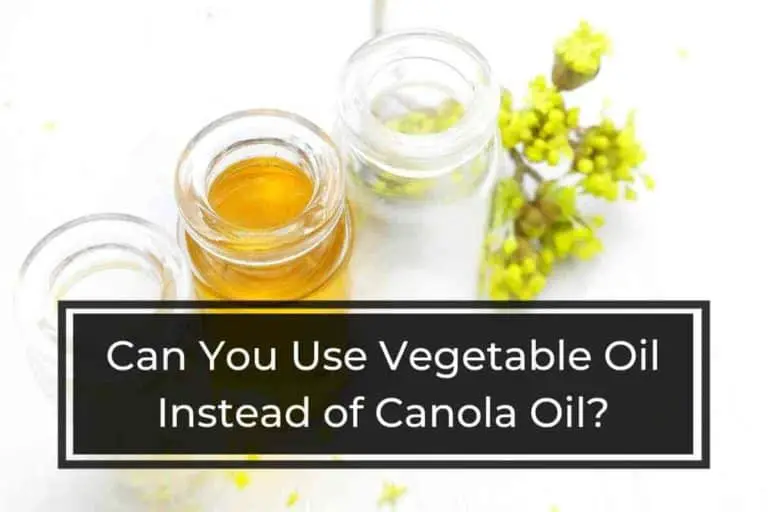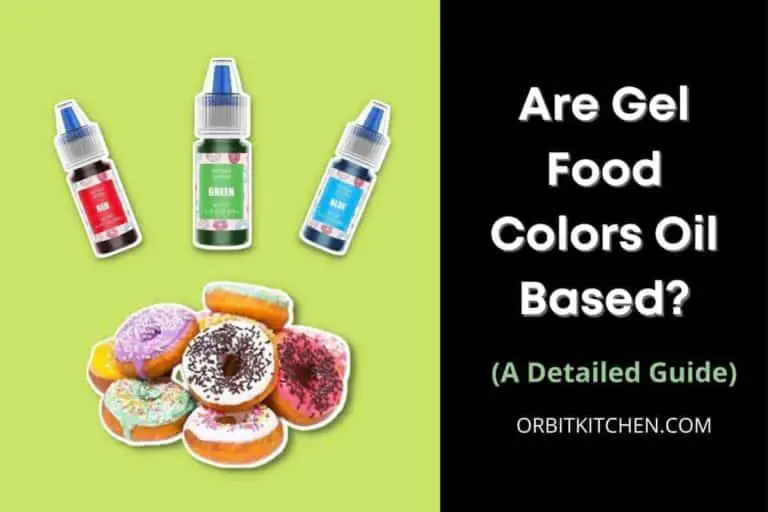Can Apple Cider Vinegar Be A Substitute When Coloring Eggs?
Coloring eggs is a family tradition that many kids look forward to. However, with the recent salmonella scares, some people choose to avoid coloring their eggs at all costs. Is apple cider vinegar a safe alternative to store-bought coloring agents?
Can apple cider vinegar be a substitute when coloring eggs? Apple cider vinegar will work fine as an egg dye because it contains the acidity needed for dying eggs. The vinegar may slightly change the color of the dye, but this could work to your advantage. This is because it is still acidic enough to activate the dye. However, the brown color of the vinegar may affect the final color of the eggs.
To use apple cider vinegar to color eggs, mix it with water in a bowl and add food coloring. The vinegar will change the color of the dye, but you can use this to your advantage.

Can Apple Cider Vinegar Be A Substitute When Coloring Eggs?
Yes, apple cider vinegar can be a substitute for food coloring. But it’s not perfect, so you’ll have to do some testing. If you want bright colors, apple cider vinegar will probably not work well. The acidity of the vinegar will cause an eggshell to turn a lighter shade of yellow.
You can compensate by adding more vinegar or a different type of acid (like cream of tartar or lemon juice), but this will affect how long it takes for your eggs to dry out and how resistant they are to cracking when they’re cooked in boiling water.
Apple cider vinegar has an acidity level of about 4% — almost as strong as lemon juice or white vinegar — which means that it’s highly dilutable and can take on any colorant (pigment) with which it comes into contact.
What Can I Use Instead of Vinegar for Coloring Eggs?
Many people use vinegar to color hard-boiled eggs, but the acid in the vinegar can make the shells crack. Try a natural alternative like beet juice or food coloring if you want to dye your eggs without vinegar.
Turmeric
Turmeric is a yellow spice that gives food an earthy flavor and aroma. It also makes a great natural dye for your Easter eggs because it has a bright yellow color. Turmeric stains hands quickly, so wear gloves while working with this dye.
Beet Juice
If you want bright colors on your eggs, try using beet juice or blueberries instead of cranberries. The color will turn out much brighter than if you used cranberries because they contain more dye than cranberries.
Kool-aid
To get pastel colors on your eggs, use kool-aid mix instead of food coloring, beet juice, or blueberries (if you want bright colors). Simply mix one packet of kool-aid mix with two cups of water and let it sit for about 15 minutes before using it to soak.
Does It Matter What Kind of Vinegar You Use to Dye Eggs?
Yes, it does matter what kind of vinegar you use to dye eggs. The type of vinegar you choose will impact how the eggs turn out. If you want to make them look their best, it’s worth spending a few extra dollars on a more excellent vinegar.
White vinegar, the most common type of vinegar used for egg dying, is generally made from fermented grains. It has a slightly acidic pH and contains water, acetic acid, and carbon dioxide. White vinegar also contains trace amounts of minerals such as calcium, potassium, and magnesium.
Apple cider vinegar is made from crushed apples that have been fermented into alcohol. The alcohol is then converted into acetic acid using bacteria or an enzyme called acetobacter xylinum. Apple cider vinegar also contains trace amounts of minerals such as calcium, potassium, and magnesium.
Distilled white vinegar is simply white wine that has been distilled so that all the alcohol evaporates off, leaving only acetic acid behind. This means that distilled white vinegar lacks the minerals found in other types of vinegar like apple cider vinegar or wine vinegar like balsamic or red wine vinegar.
Can You Use Vinegar with Food Coloring to Dye Eggs?
Yes, it’s entirely possible to achieve a beautiful egg using vinegar and food coloring. It just takes a little bit of extra work. Make sure you are using natural, unprocessed vinegar (as opposed to white distilled vinegar).
White distilled vinegar will cause your eggshells to “curdle” or weaken when heat exposure. Natural vinegar won’t do this damage. Natural vinegar has a darker color and is often used in dressings and marinades because of its milder flavor than white distilled vinegar.
Make sure you’re using unsweetened fruit juice as your water source for diluting the vinegar mixture before adding it to your eggs; otherwise, it’ll turn out too strong and could break through the shell, causing discoloration on the inside of the egg that won’t wash away easily (and certainly not while still inside an eggshell).
Do You Use White Vinegar or Apple Cider Vinegar to Dye Eggs?
You can use either one, white vinegar and apple cider vinegar, to dye your hard-boiled eggs. Some people use white vinegar because the acidity level of apple cider vinegar will make the eggshells crack. You can avoid this by using distilled white vinegar instead of apple cider vinegar.
However, you need to choose one for each color of egg you want to make. Apple cider vinegar will give you a darker color and a more opaque look, while white vinegar will give you a lighter, translucent look. I prefer the latter, but it all comes down to personal preference.
You’ll also need salt, which helps preserve your eggs after dying them. You could skip this step if you’re planning on dying your eggs right away and eating them right away, but if you’re planning on drying them or keeping them in an airtight container for longer than a few days, this step is essential.
Why Do You Use Vinegar to Dye Eggs?
When you dye eggs with vinegar, the acidic water helps set the dye. The vinegar also acts as a preservative, so your dyed eggs will last longer in the refrigerator and can be used for other things after Easter.
Eggs are one of the easiest things to dye, and vinegar is one of the best dyes for eggs. You can make dyes with vinegar, or you can use white vinegar itself as a dye. Vinegar contains acetic acid, which gives it its sour taste and smell. The acetic acid in vinegar reacts with eggshell proteins to create a chemical bond that will last through cooking.
The color of eggshells comes from pigments that are present on the surface of the shell. The pigments are called cuticle layers; they’re made of keratin, an insoluble protein found in feathers and hair.
Vinegar dissolves keratin by breaking down its bonds with water molecules. The dissolved keratin combines with acetic acid to form a new substance called acetylated keratin, which makes up part of the outer layer of the eggshells after dying them with vinegar.
Can You Use Rice Vinegar to Dye Easter Eggs?
Yes, you can use rice vinegar to dye Easter eggs. The rice vinegar is not a dye but a mordant. A mordant is a substance used to fix or set the dye on fabrics and other materials. Rice vinegar is lighter in color than regular white vinegar, so the results won’t be as vibrant as regular white vinegar.
The reason for this is that rice vinegar has a lower acidity level than regular white vinegar does. This means it’s not as effective at extracting all of the colors from the food coloring you add to it.
Can You Use Lemon Juice Instead of Vinegar to Dye Eggs?
Yes, you can use lemon juice instead of vinegar to dye eggs. The acid in lemon juice sets the dye and makes the eggshells more permeable. Lemon juice contains citric acid and can be used as a substitute for vinegar in dyeing eggs at home because it has all the necessary ingredients needed for this task.
The acidity in lemon juice makes it react with baking soda, which is alkaline, releasing carbon dioxide gas. This reaction causes the egg whites to expand and solidify quickly, producing a hard shell.
How to Dye Eggs with Food Coloring? How to Dye Easter Eggs?
If you’re looking for a natural way to dye eggs, apple cider vinegar is a great option. Here’s how to do it:
- Gather your supplies: eggs, dye, vinegar, cups, and a spoon.
- Fill each cup with water and add a few drops of dye.
- Add one tablespoon of vinegar to each cup.
- Place an egg in each cup and sit for 5-10 minutes.
- Remove the eggs and enjoy your beautiful Easter eggs!
Conclusion
It is possible to use apple cider vinegar to color eggs. The only thing that you need to remember is that you should always add vinegar to the eggs when they are still warm and not cold. Otherwise, the vinegar will not have the same effect.






